Everyone has a story about a show that started strong and then took a noticeable step down the line. The reasons usually come down to real production realities like studio handoffs, tighter broadcast schedules, staff reshuffles, or big changes to how the source material gets adapted. Here are fifteen widely discussed cases, with brief context about what changed behind the scenes so you can see exactly where things shifted.
‘One-Punch Man’ (2015–2019)
 Madhouse
MadhouseSeason one was produced by Madhouse with Shingo Natsume directing and a stacked team of action specialists. The second season moved to J.C.STAFF, brought in a new director, and worked on a faster television schedule. Cuts became less fluid and the action choreography leaned on more conservative shot choices. The studio transition is the key production difference viewers point to.
‘The Promised Neverland’ (2019–2021)
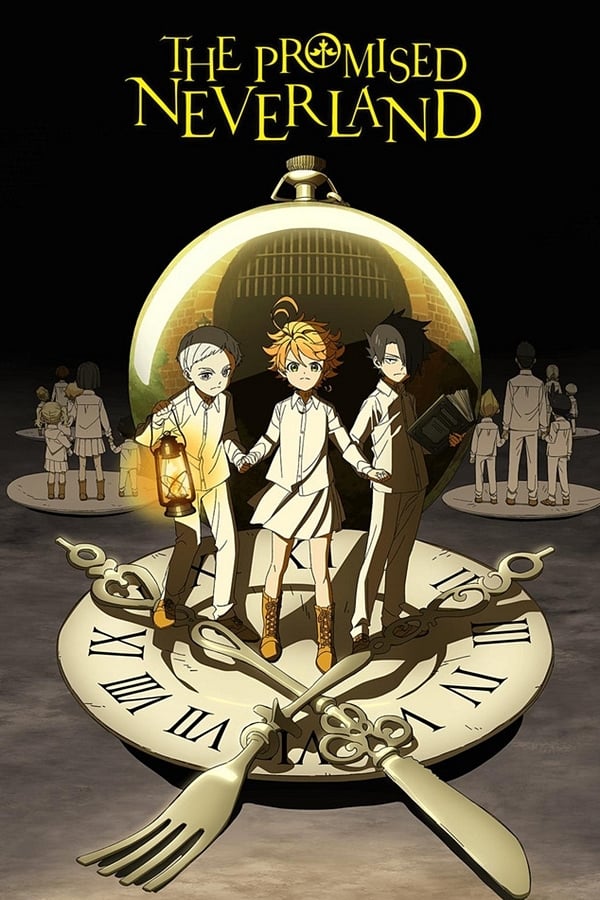 CloverWorks
CloverWorksCloverWorks handled both seasons, but the approach to adapting the manga changed dramatically in the second. Large arcs were condensed or skipped, and the episode count stayed low while the story leaped ahead. Key characters and set pieces were summarized through narration rather than staged on screen. The same studio’s pivot in adaptation strategy is what defined the drop-off.
‘The Seven Deadly Sins’ (2014–2021)
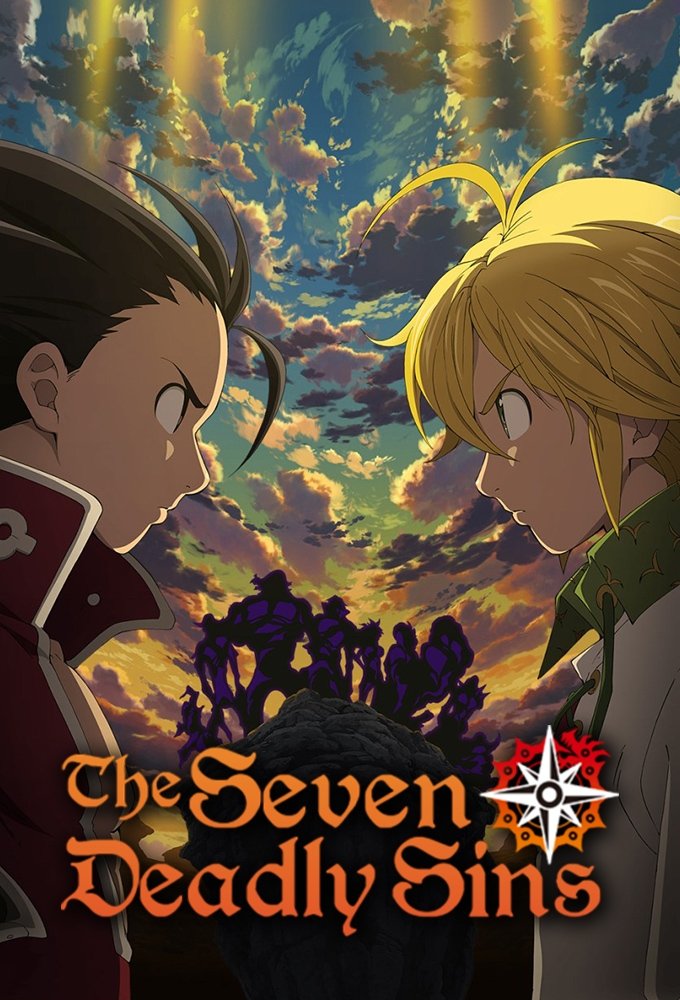 A-1 Pictures
A-1 PicturesA-1 Pictures launched the series with dynamic action cuts and strong compositing. Later entries shifted to Studio Deen, and the broadcast run included visible production strain like stiffer motion and simpler effects. Fight scenes that once used layered effects and smears were often reblocked with fewer drawings. The change in lead studio aligned with the visible shift in finish.
‘Berserk’ (2016–2017)
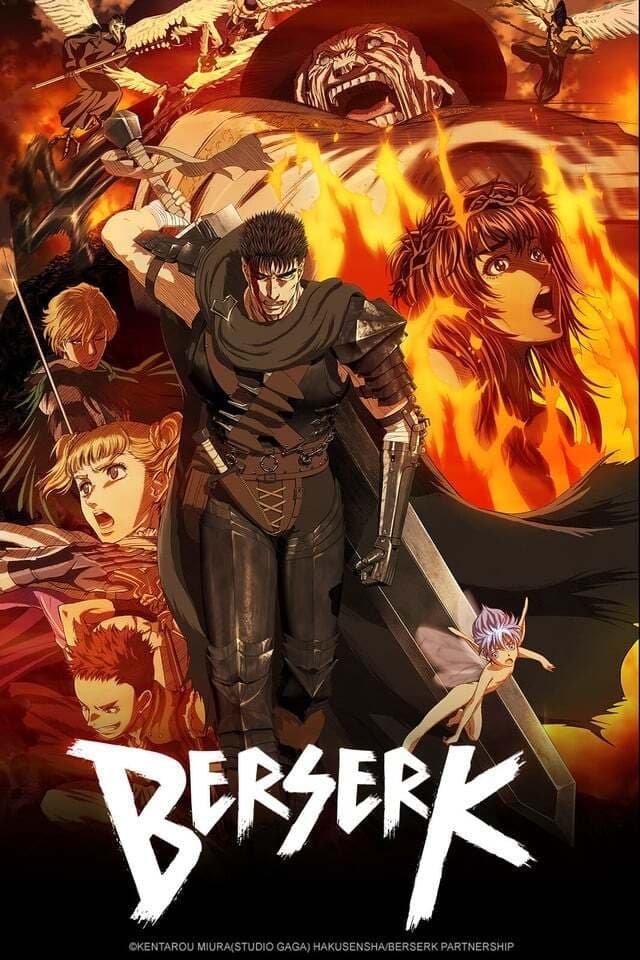 LIDENFILMS
LIDENFILMSThis adaptation was produced by GEMBA and Millepensee with a heavy reliance on CG models. The pipeline blended limited 2D elements with 3D character rigs that were animated at uneven frame timings. Backgrounds and character shading often didn’t integrate cleanly, giving scenes a disjointed look. The studios’ CG-first approach distinguished it from earlier hand-drawn work on the property.
‘Tokyo Ghoul’ (2014–2018)
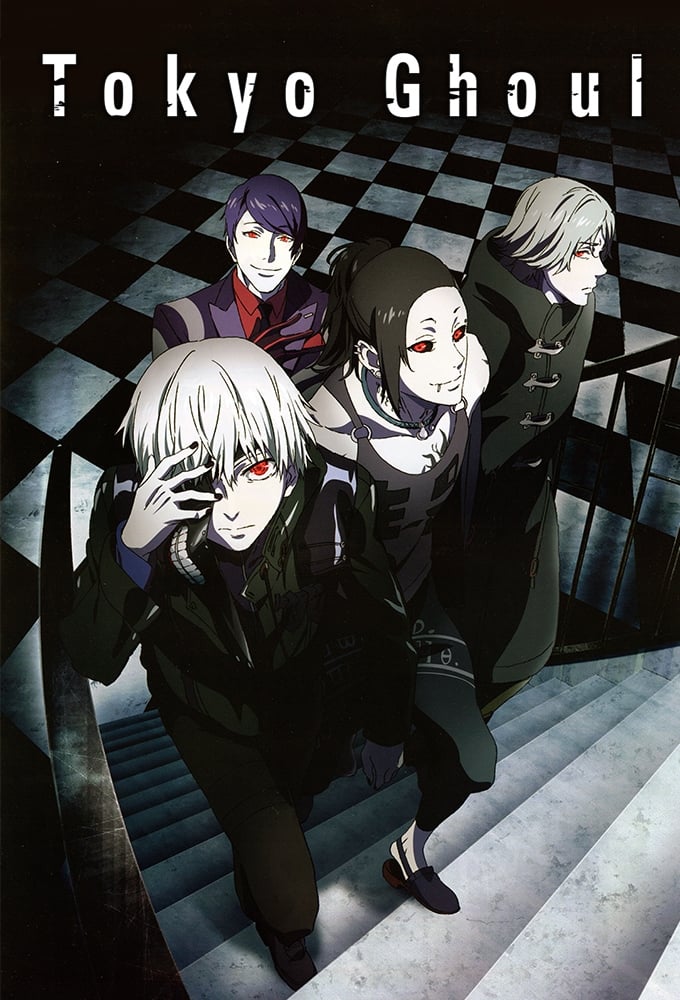 Marvelous
MarvelousStudio Pierrot animated the franchise, but the second season diverged from the manga and restructured major plot beats. That choice affected character motivations and pacing for later installments. Subsequent seasons then worked to reconcile threads between anime-original material and source arcs. The same studio’s shift in adaptation direction set the stage for the perceived slide.
‘Dragon Ball Super’ (2015–2018)
 Toei Company
Toei CompanyProduced by Toei Animation, the early broadcast arcs were made on tight weekly deadlines with scenes occasionally redrawn for home video. The show also retold two theatrical stories before moving into new tournament material. Staff allocations fluctuated across episodes, producing noticeable variance in key animation. Toei’s schedule-driven workflow explains the inconsistency fans remember.
‘Ex-Arm’ (2021)
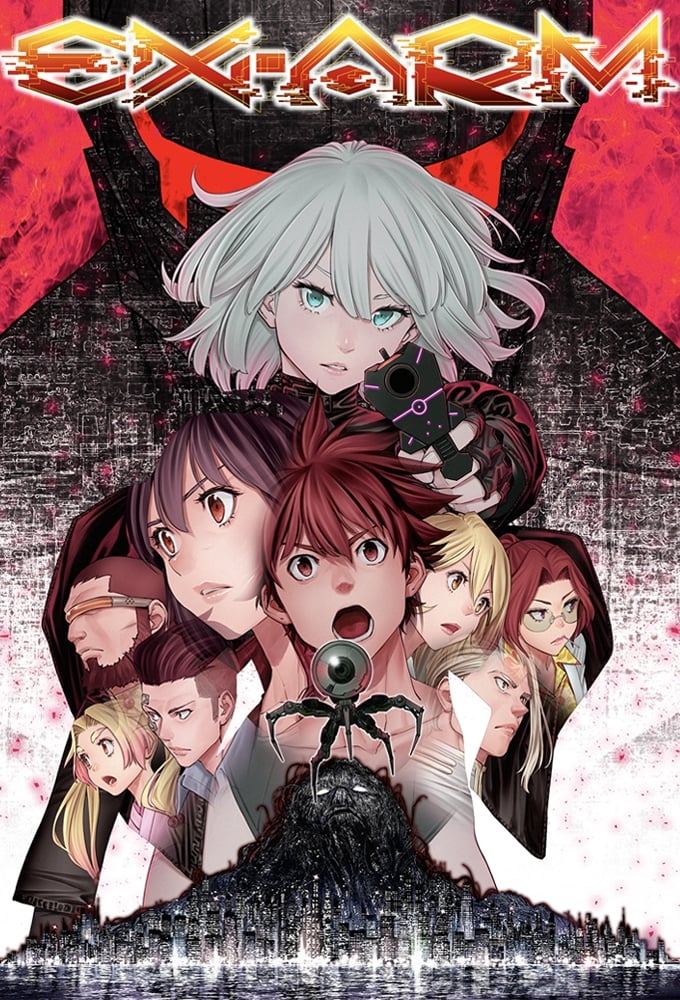 Visual Flight
Visual FlightVisual Flight led the production with extensive use of motion capture and CG characters composited over 2D effects. The result mixed assets with mismatched lighting and frame pacing. Action scenes often cut between styles that didn’t blend, emphasizing the pipeline gap. The studio’s CG pipeline, rather than a traditional 2D approach, became the defining factor in how it landed.
‘Record of Ragnarok’ (2021–2023)
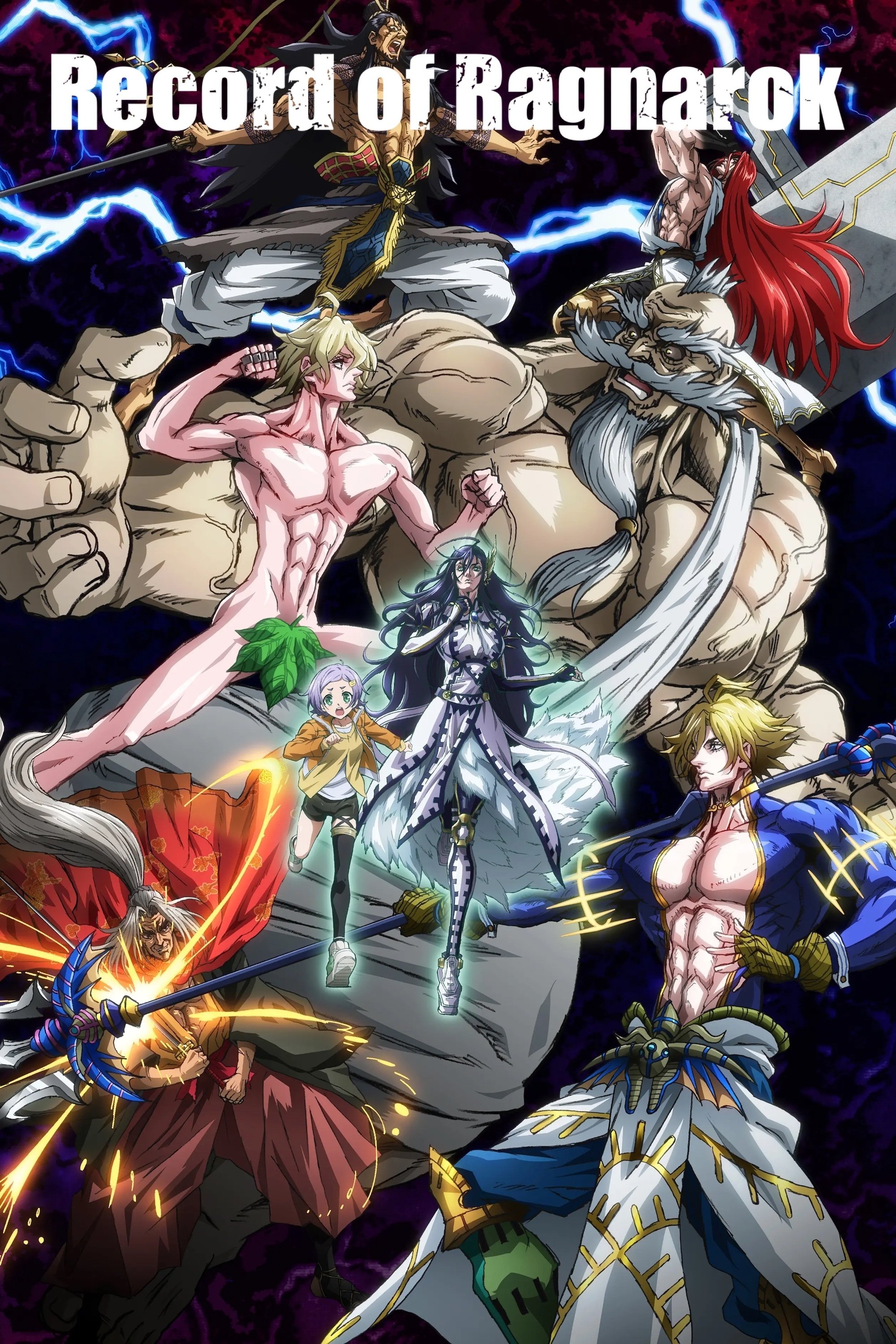 Warner Bros. Japan
Warner Bros. JapanGraphinica adapted the tournament battles with a limited-animation approach that reused stills and pans for long stretches. Key matchups leaned on slideshow-like sequences where movement was implied rather than drawn. Later episodes added more cuts but kept the same production philosophy. The studio’s staging choices, not the designs themselves, shaped the reception.
‘Kingdom’ (2012–2024)
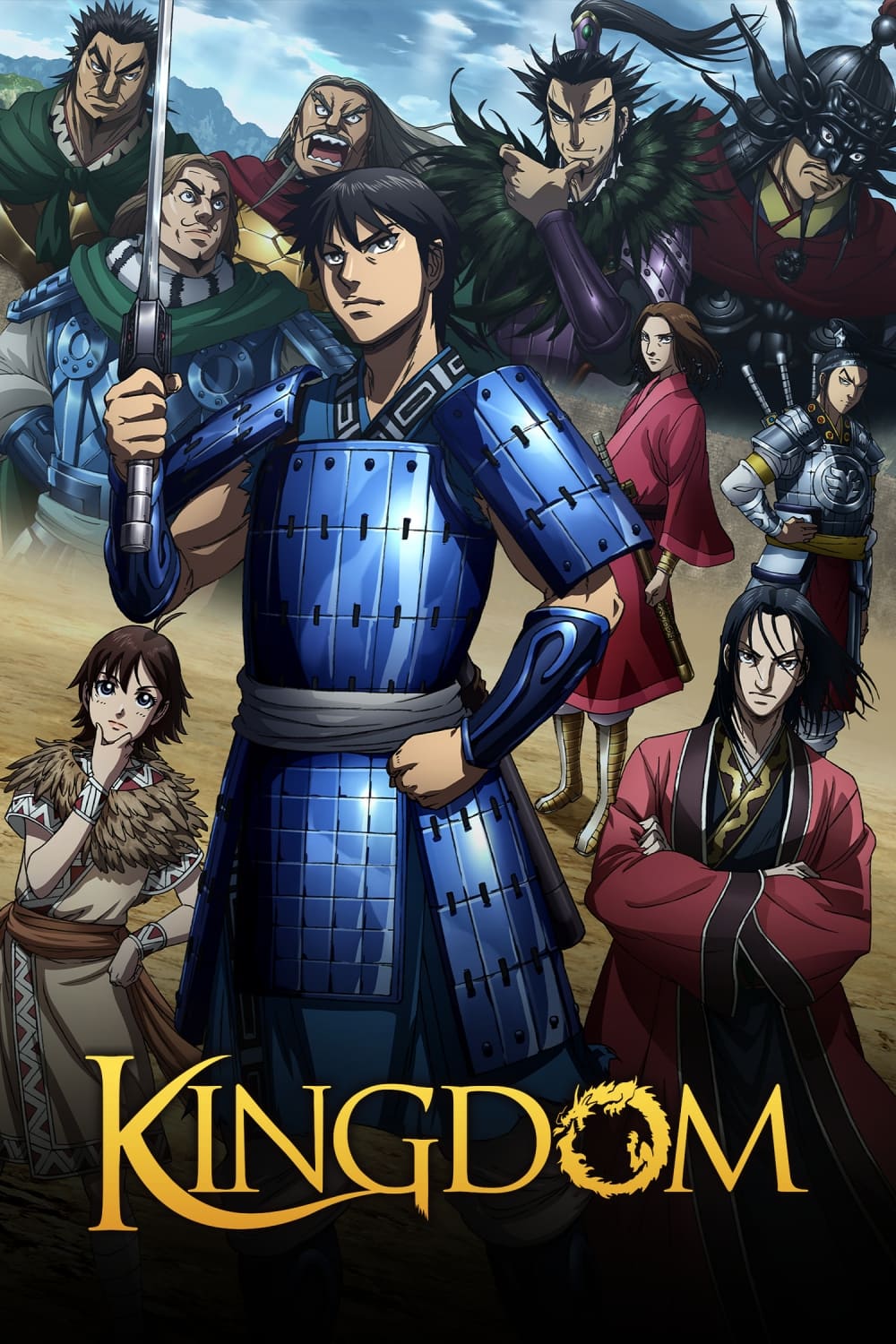 Pierrot
PierrotThe early seasons used a CG-heavy character pipeline under Pierrot that drew criticism for stiffness. Later seasons shifted toward a more traditional 2D presentation with improved battle layouts. The contrast made the initial approach feel like a step down in hindsight. The studio’s early reliance on character CG is the technical pivot point here.
‘Psycho-Pass’ (2012–2019)
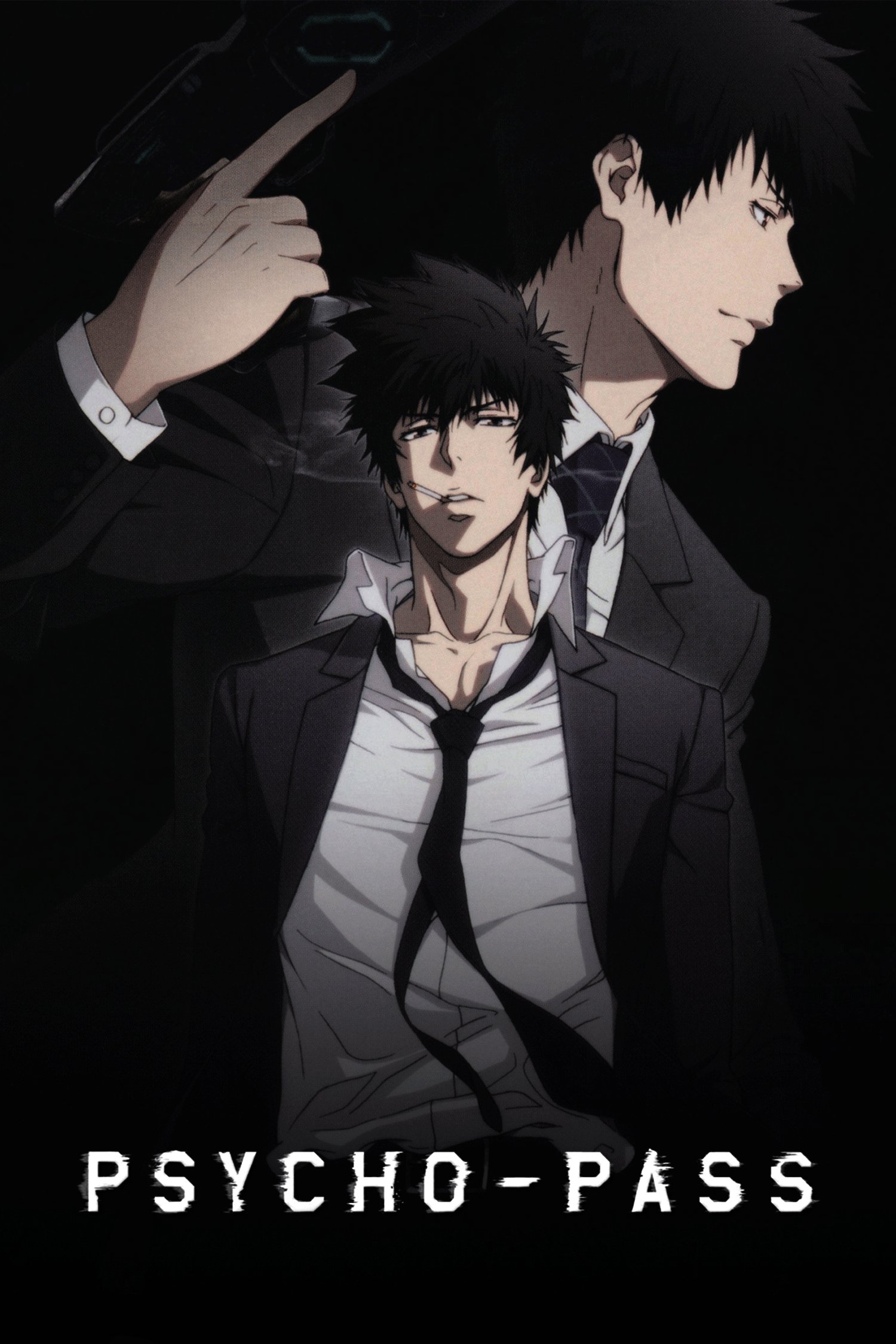 Production I.G
Production I.GProduction I.G launched the first season with Gen Urobuchi’s scripts and a cinematic look. The second season moved to Tatsunoko Production with different head writers and a changed narrative structure. Visual tone and shot density also shifted along with the staff lineup. The handoff between studios and creative leads marks the turning point in how the series played.
‘Saint Seiya: Knights of the Zodiac’ (2019–2024)
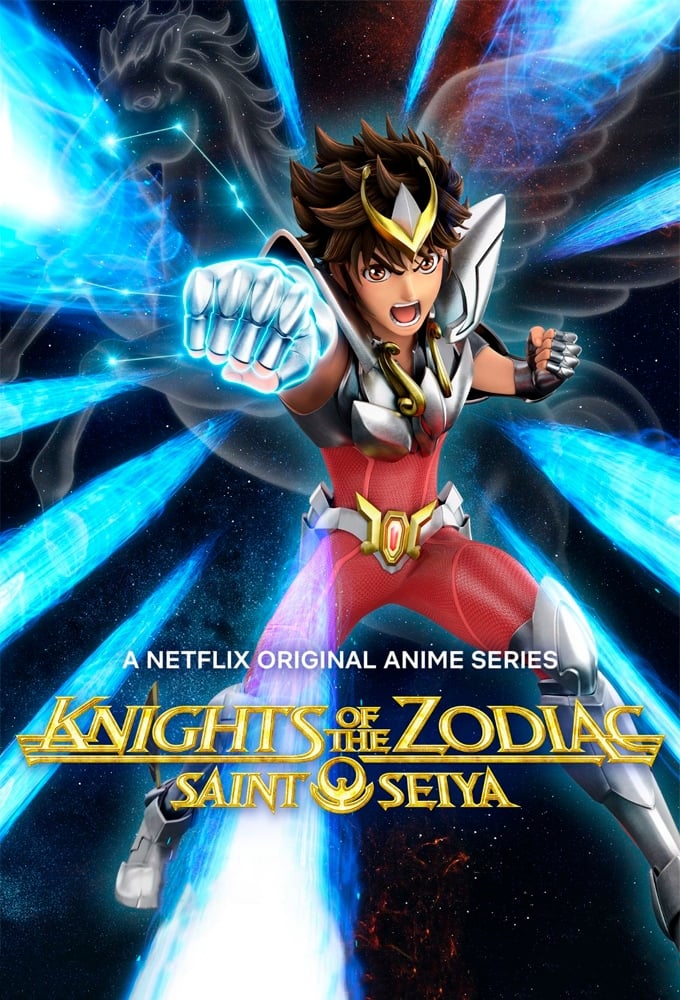 Toei Animation
Toei AnimationToei Animation rebooted the classic with CG character models and modernized designs. The switch from hand-drawn action to CG staging led to simpler impact frames and fewer smear techniques. Iconic cloth effects were rendered with real-time lighting that didn’t always match the backgrounds. The studio’s CG reboot strategy explains the stark stylistic change.
‘Bleach’ (2004–2012)
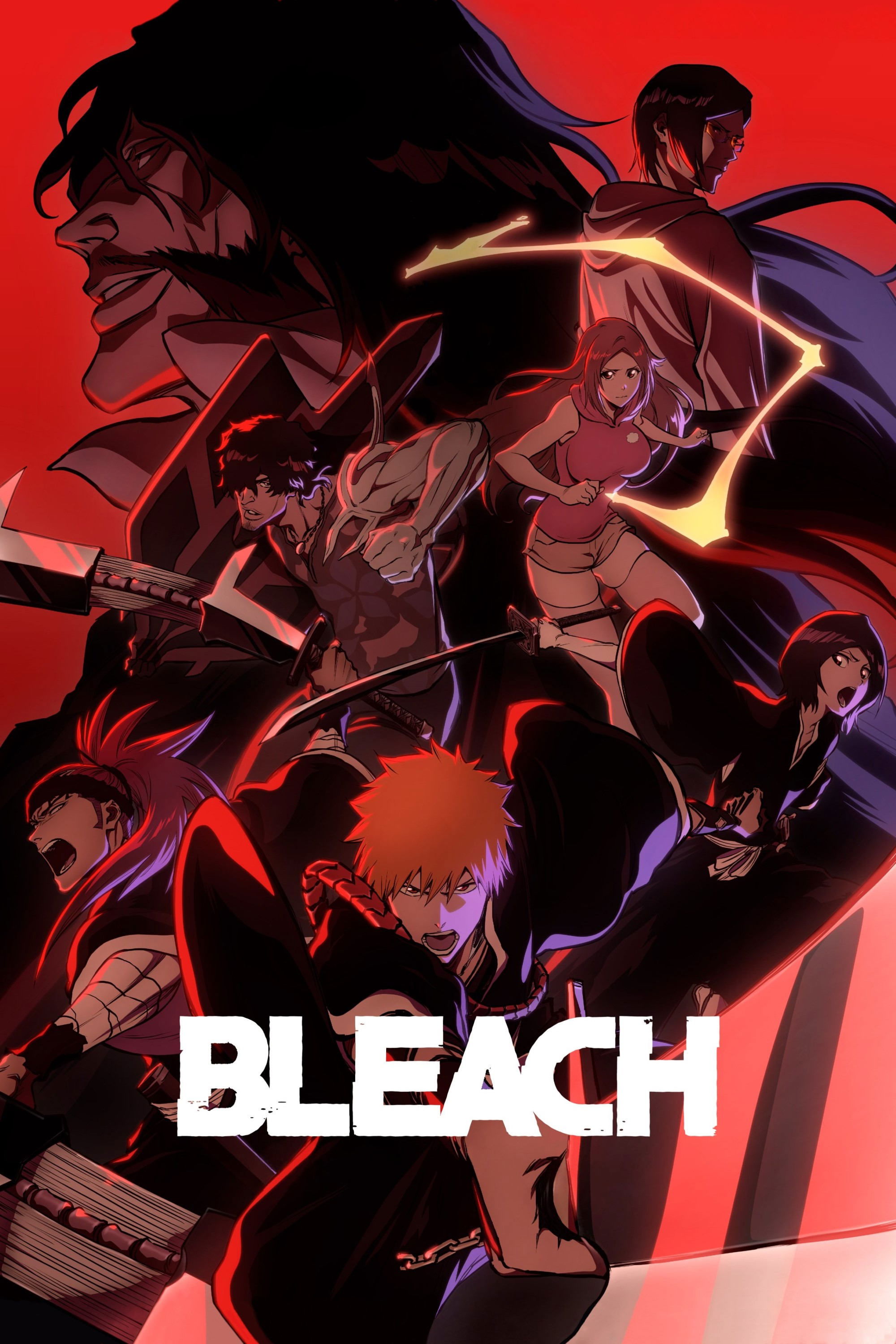 Pierrot
PierrotStudio Pierrot produced the long-running series on a demanding weekly cycle that included extended filler arcs. Production resources were spread across many episodes, creating visible peaks and valleys. Pacing slowed as anime-original material filled gaps during manga breaks. The same studio’s broadcast cadence is the practical reason quality varied late in the run.
‘Naruto Shippuden’ (2007–2017)
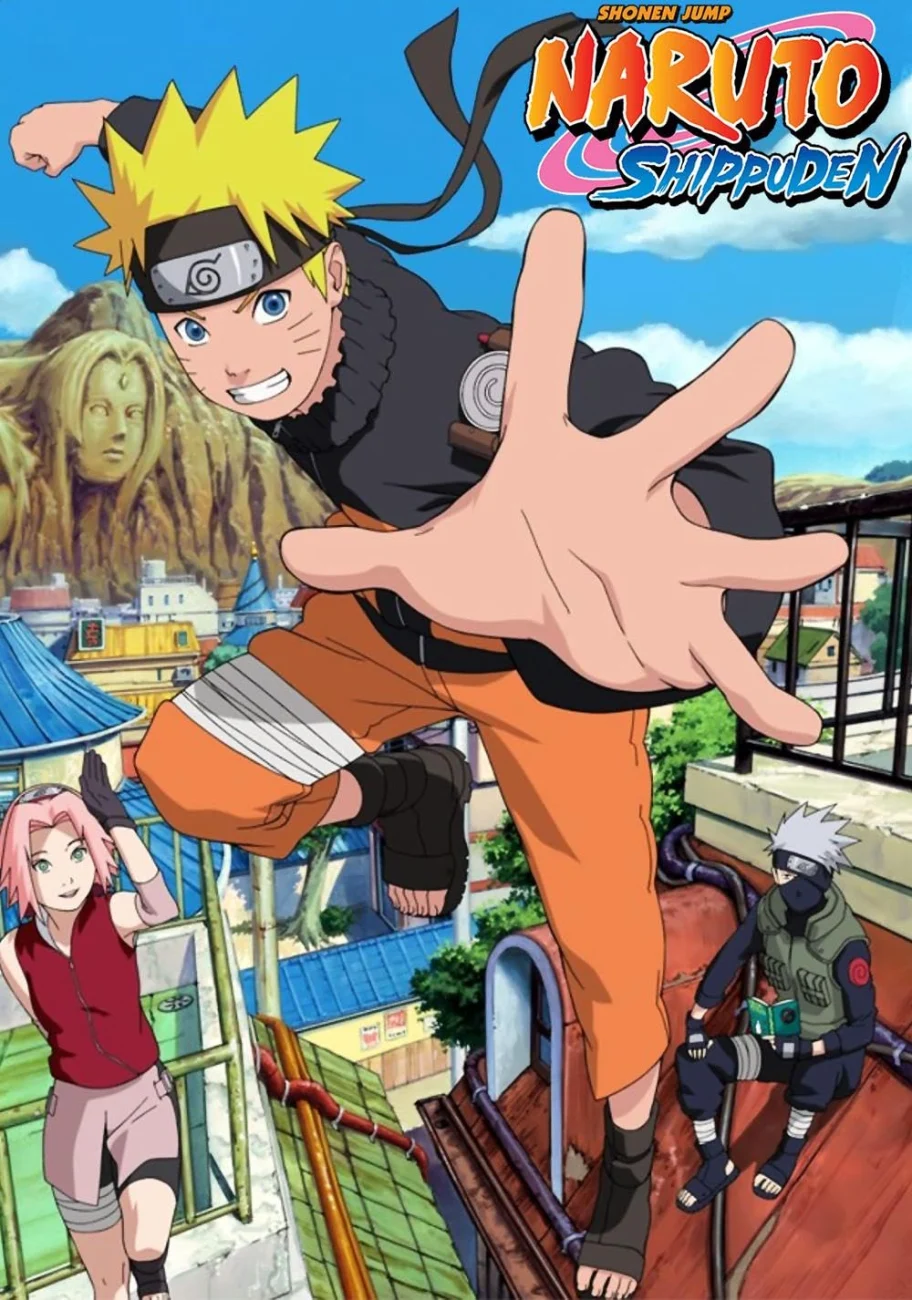 Studio Pierrot
Studio PierrotAlso from Studio Pierrot, the sequel ran for hundreds of episodes with seasonal staff rotations. Long filler stretches were used to maintain distance from the manga. Action quality fluctuated depending on episode directors and key animators assigned at the time. The studio’s marathon scheduling model explains the uneven presentation.
‘Fairy Tail’ (2009–2019)
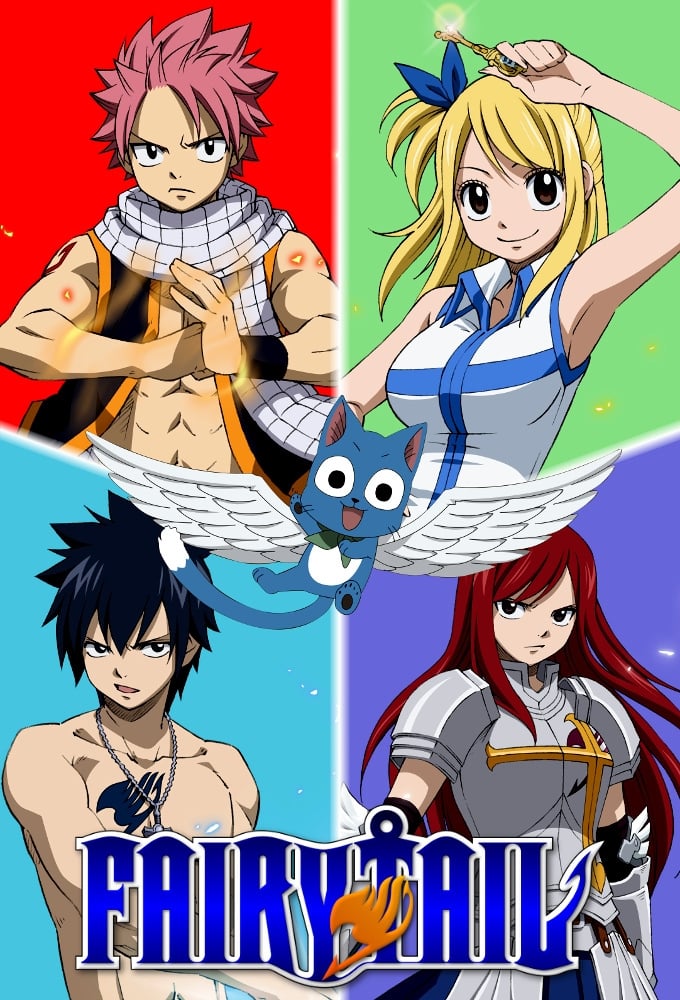 A-1 Pictures
A-1 PicturesA-1 Pictures and Satelight launched the series before Bridge took over later installments. Different composer and art teams coincided with shifts in color grading and effects work. The final stretch simplified some battle choreography compared to earlier highlights. The change in lead studio and rotating staff account for the series’ visible swings.
‘Tokyo Revengers’ (2021–2023)
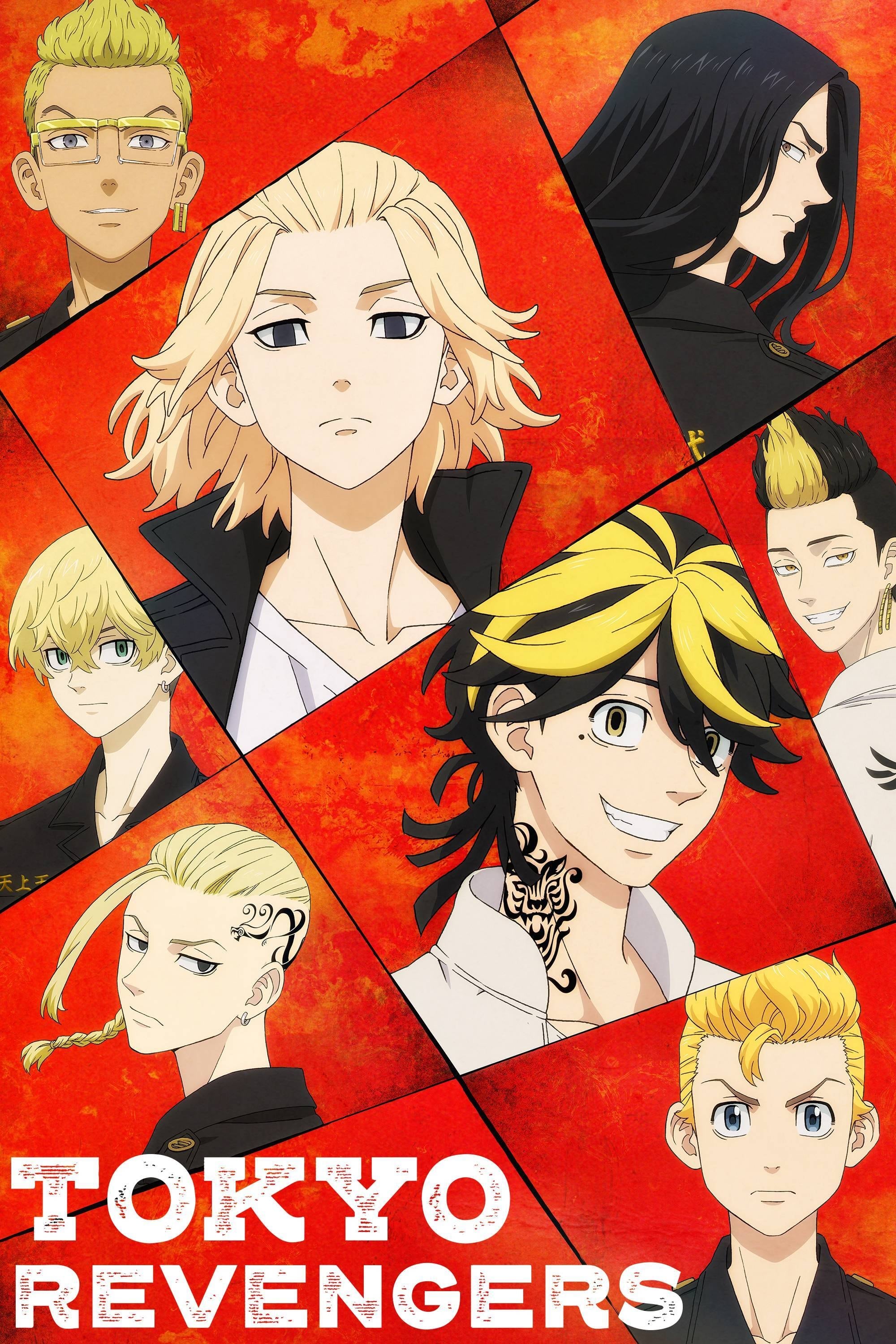 LIDENFILMS
LIDENFILMSLIDENFILMS produced the show across seasons with edits to on-screen symbols for broadcast standards. The second season aired with a more subdued palette and heavier masking in certain scenes. Some confrontations were reblocked to comply with new guidelines, reducing overt impact cues. The consistent studio working under changed content policies is what altered the feel.
Share the anime you’d add to this list in the comments and tell us where you noticed the biggest shift.

.jpeg)


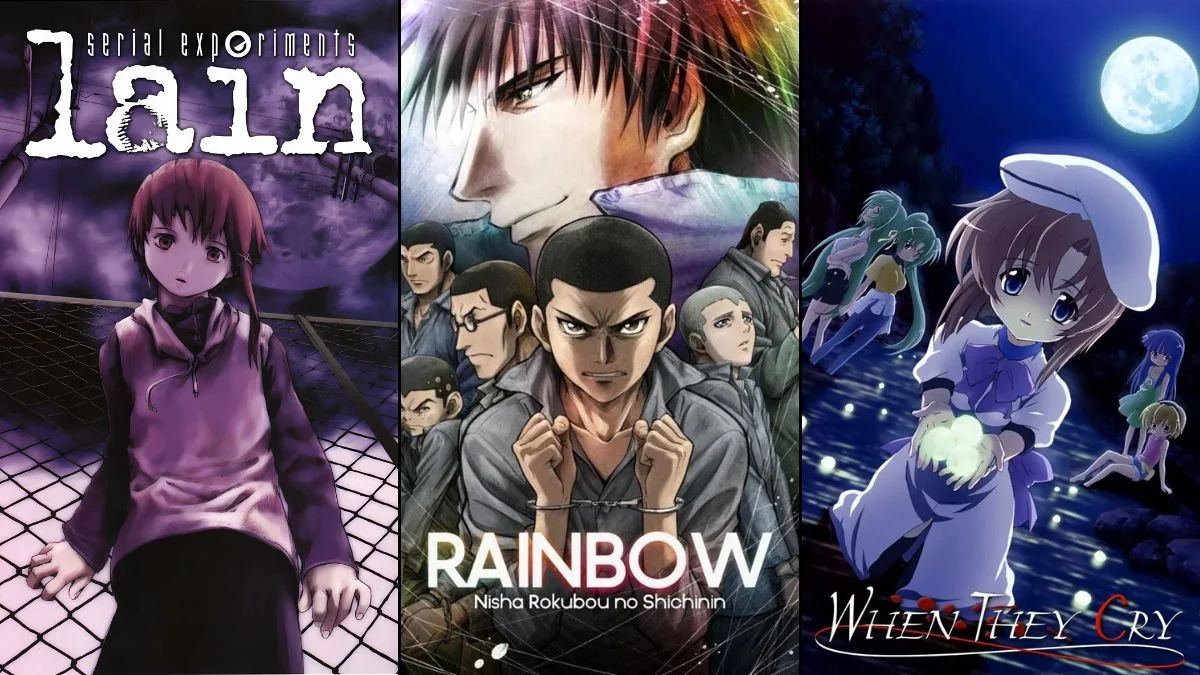


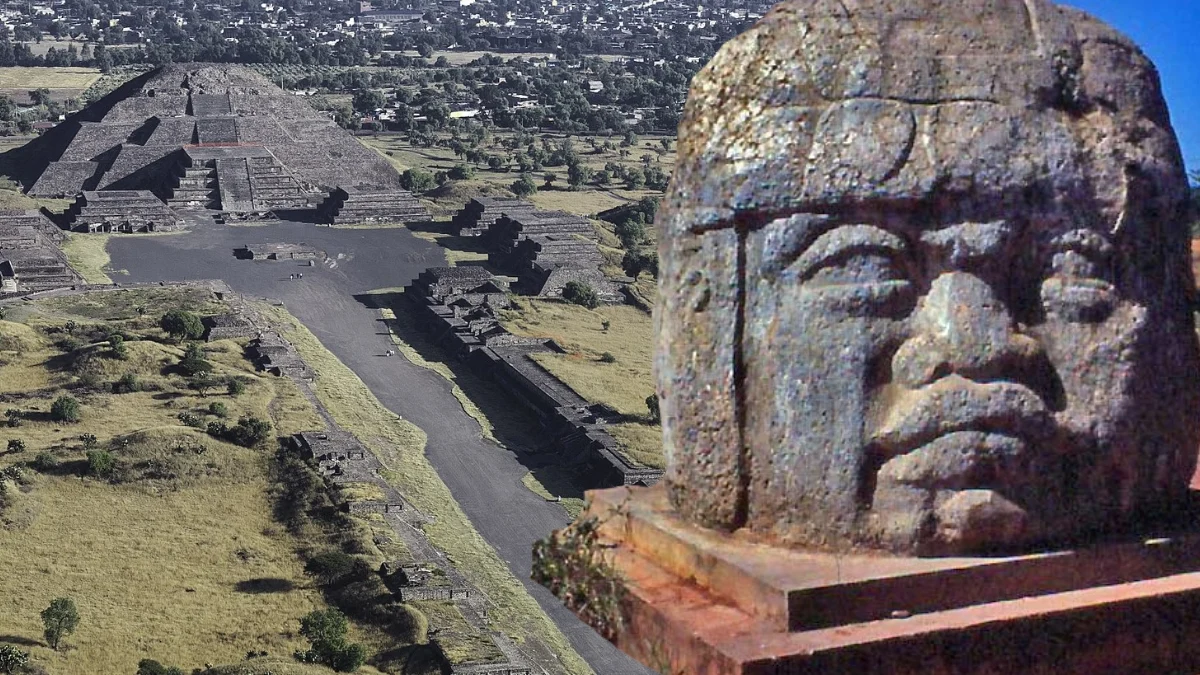
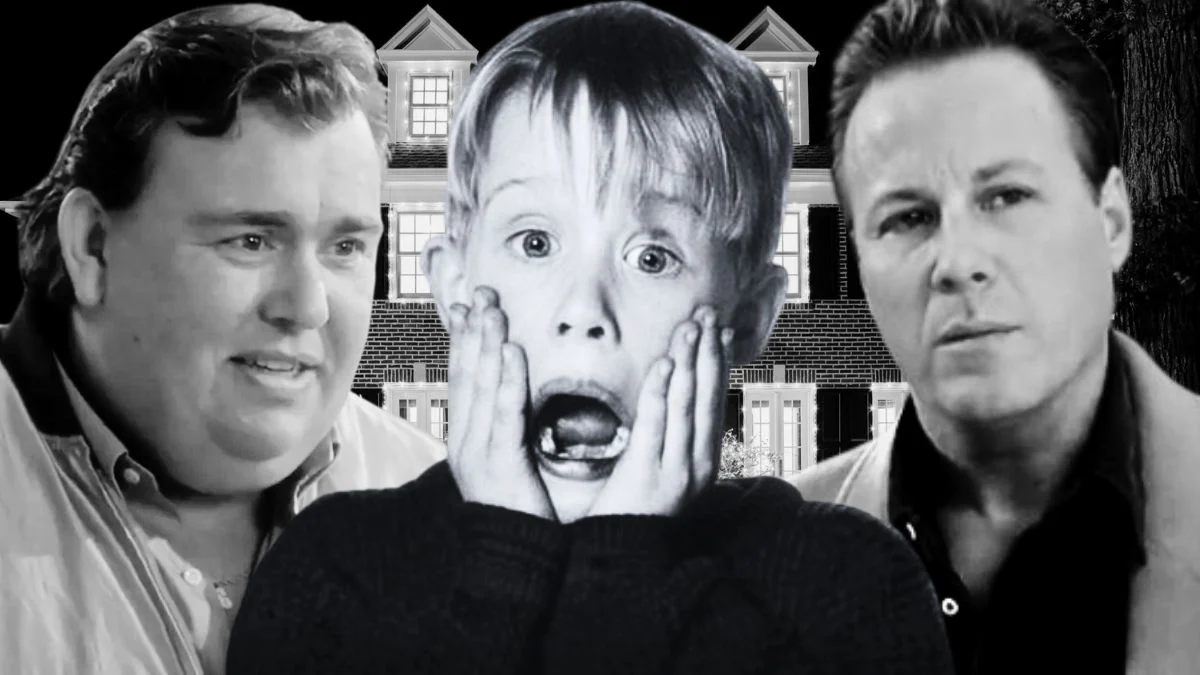

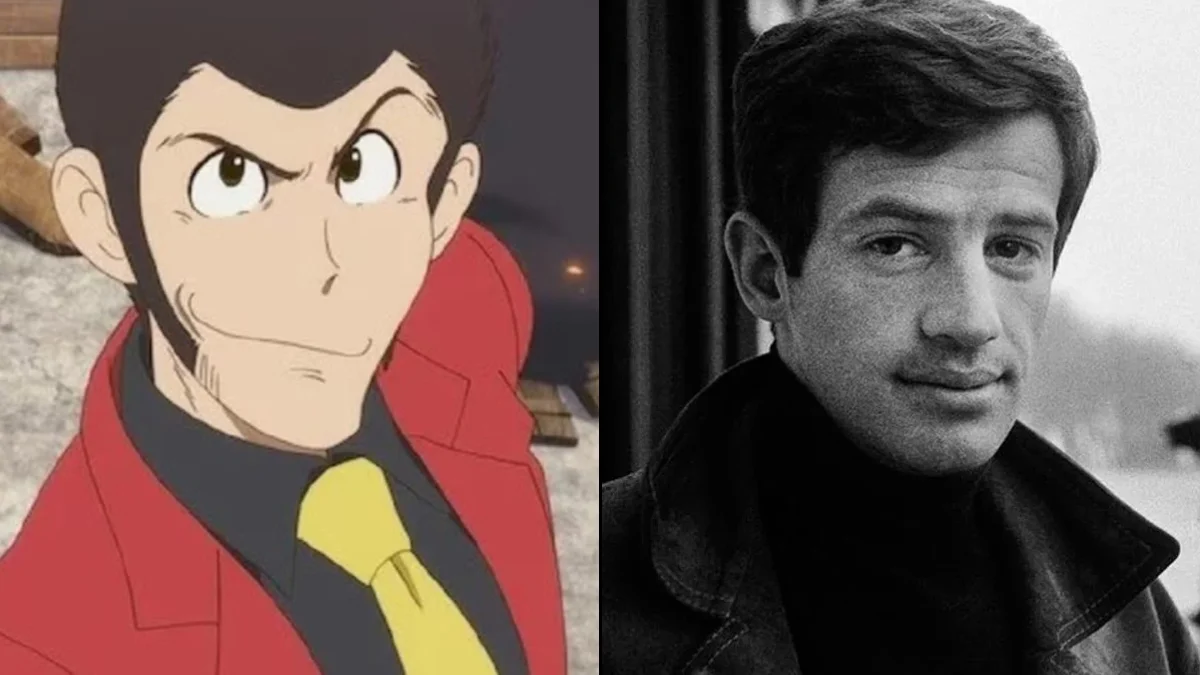
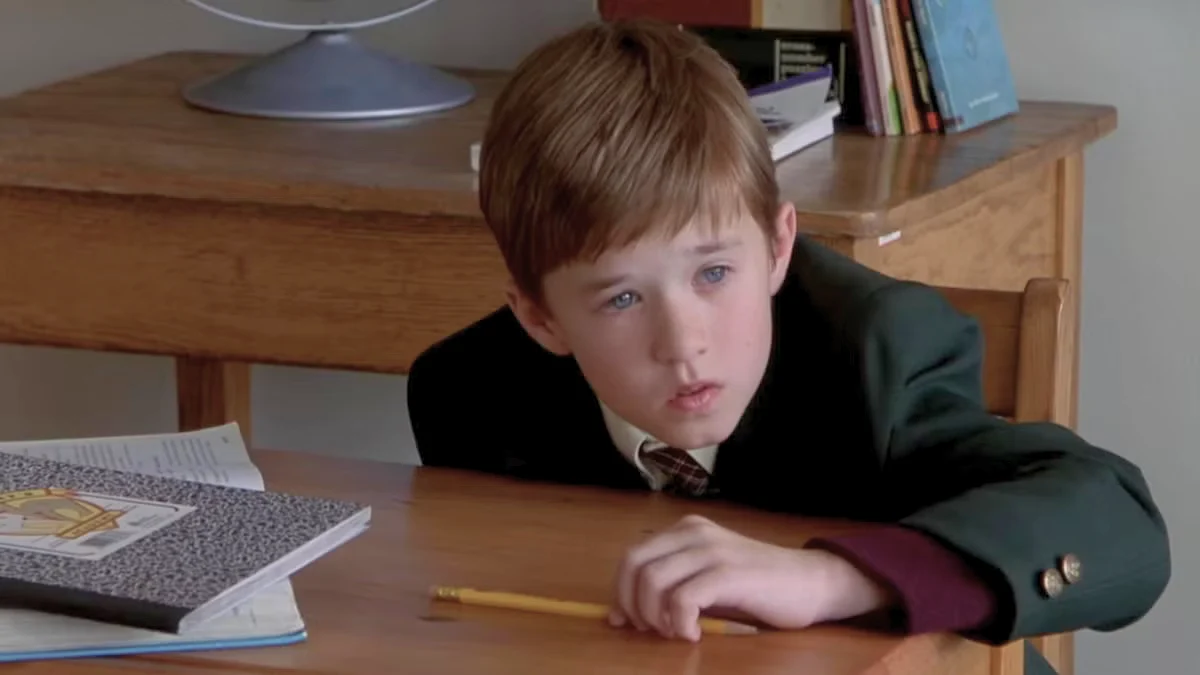
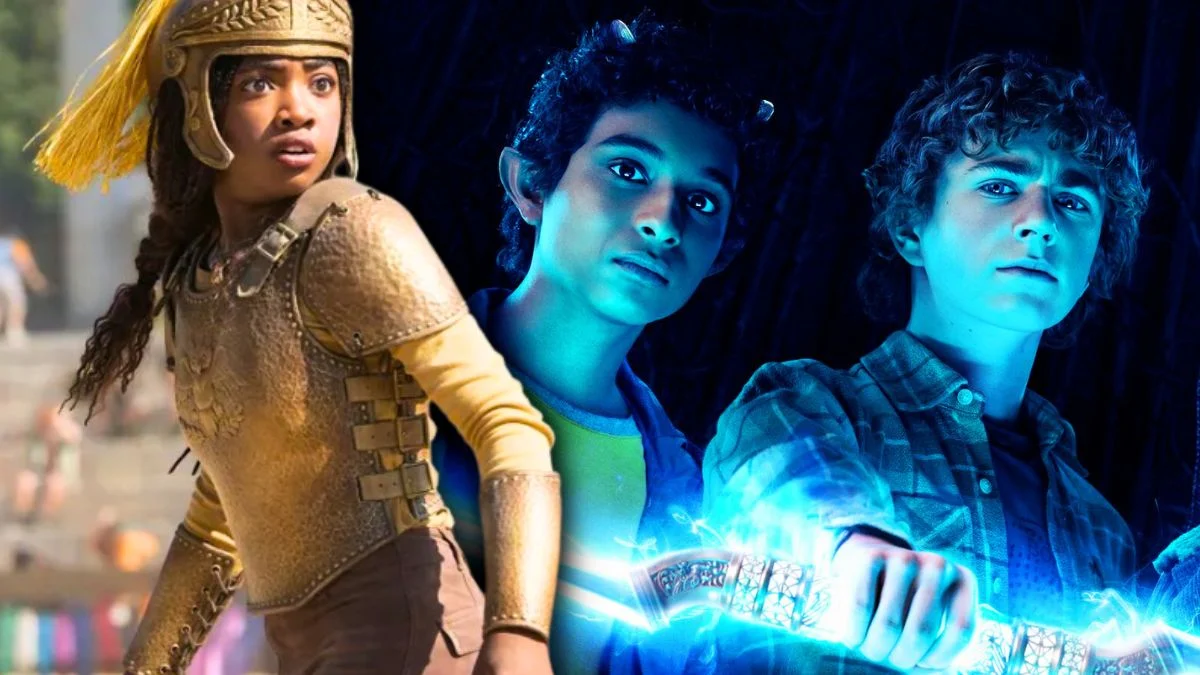
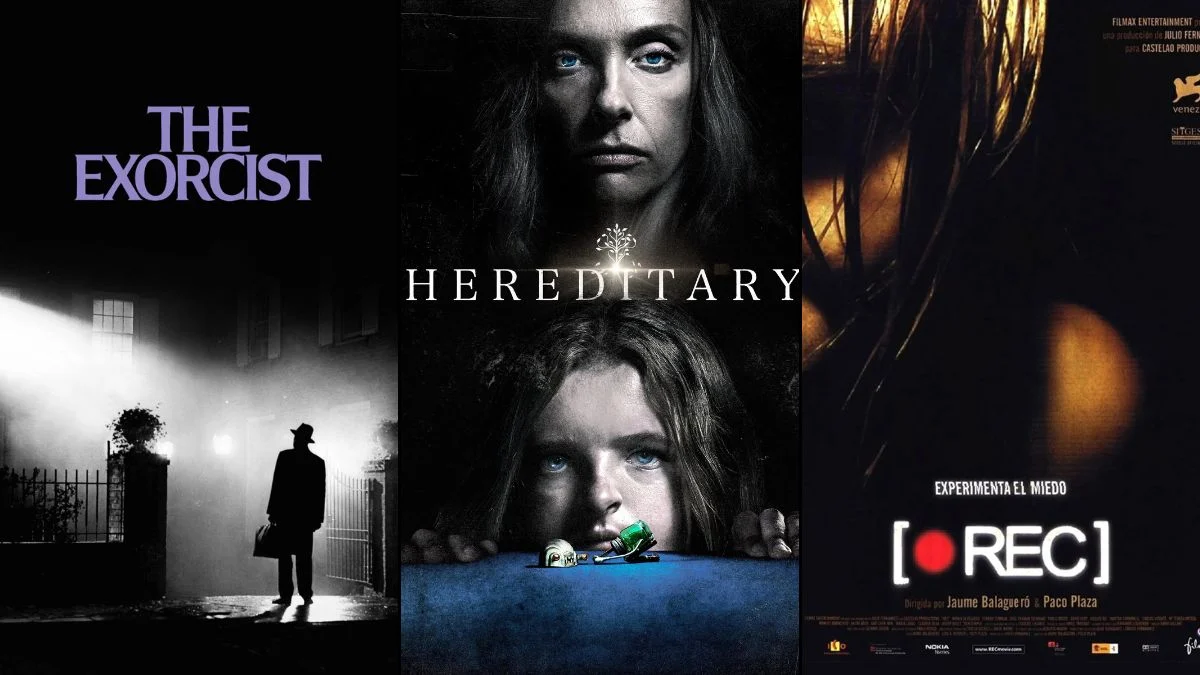

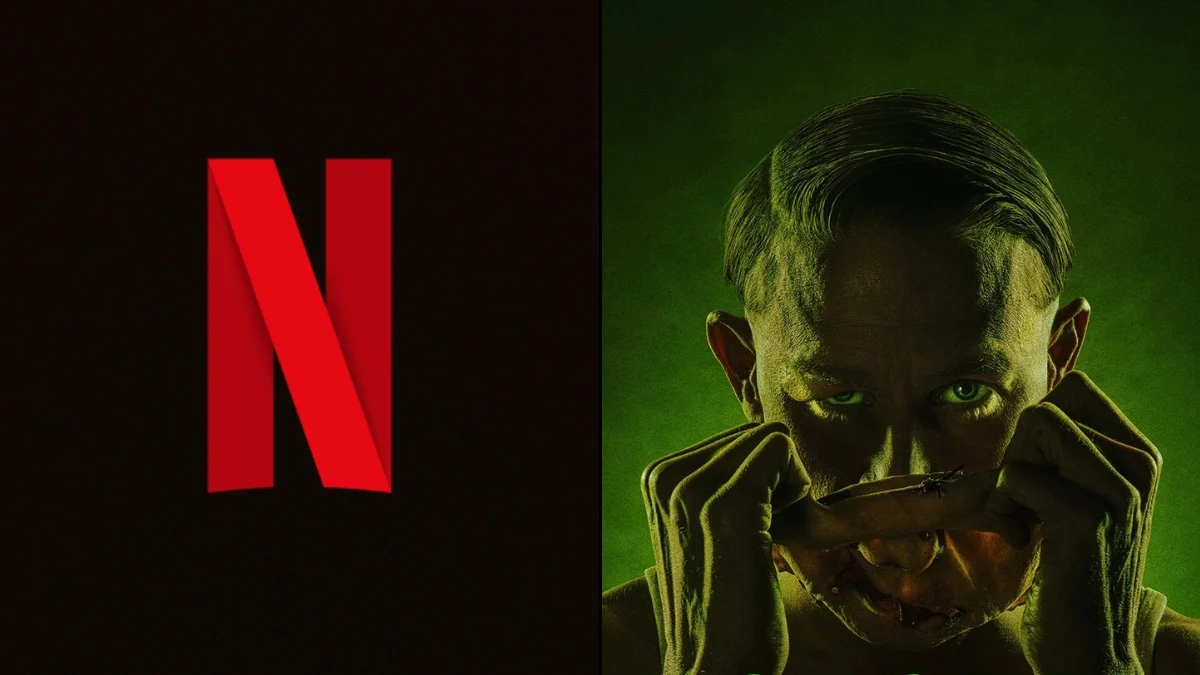
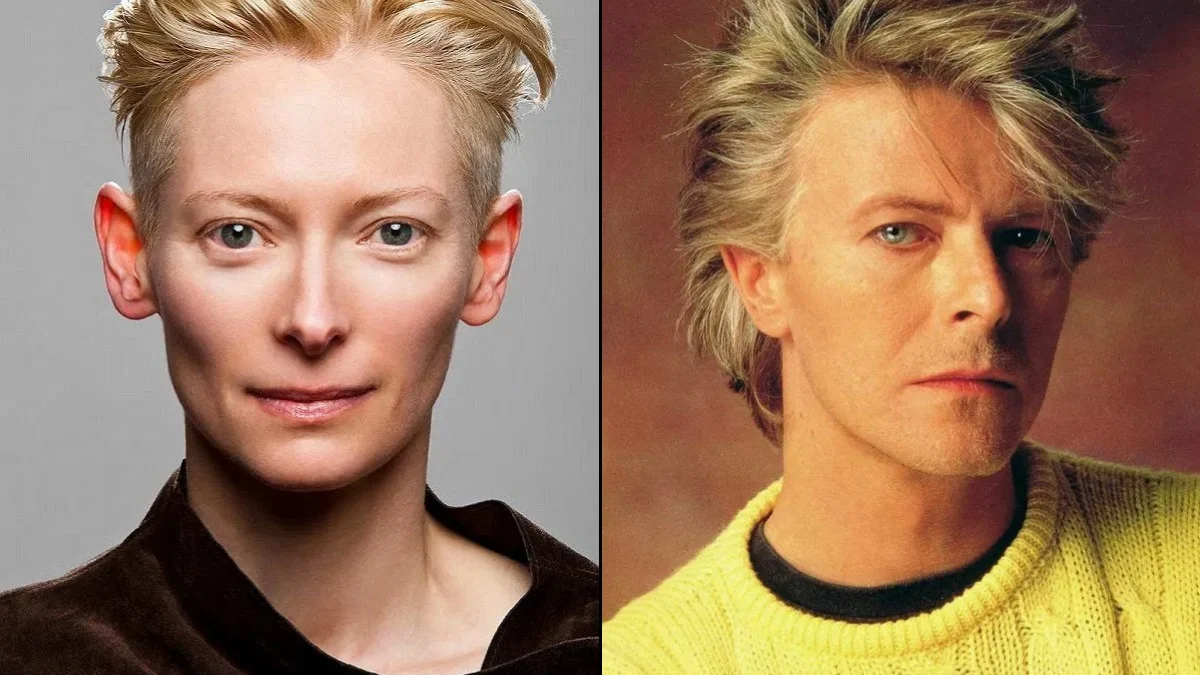
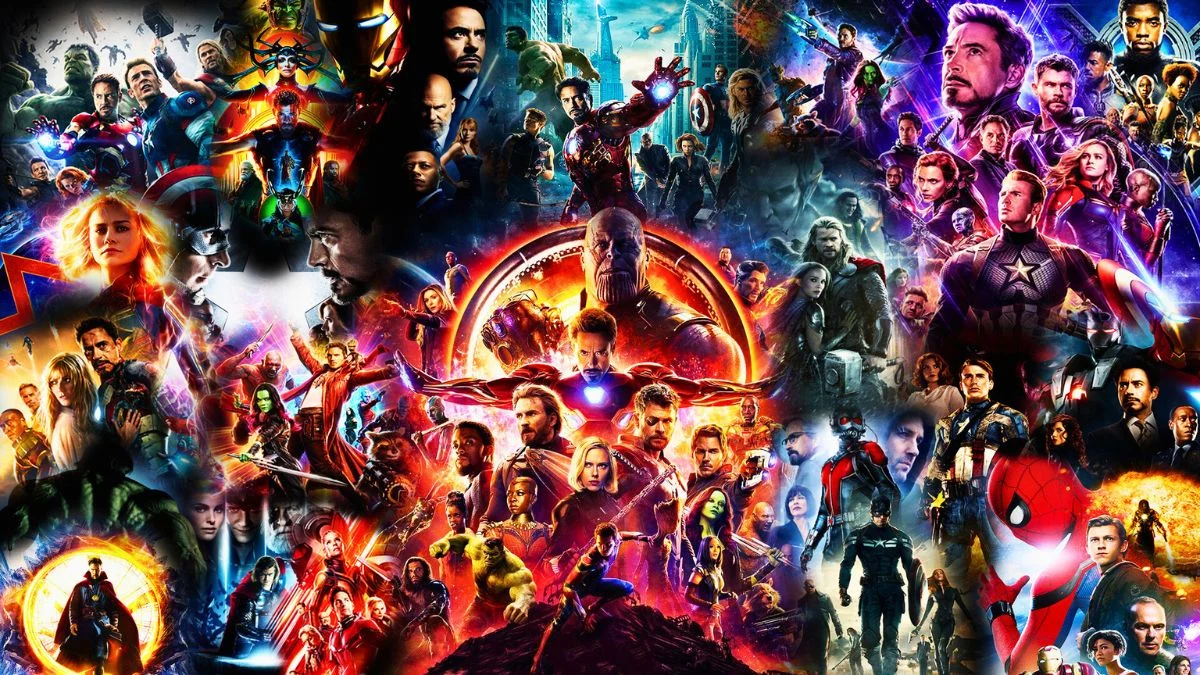
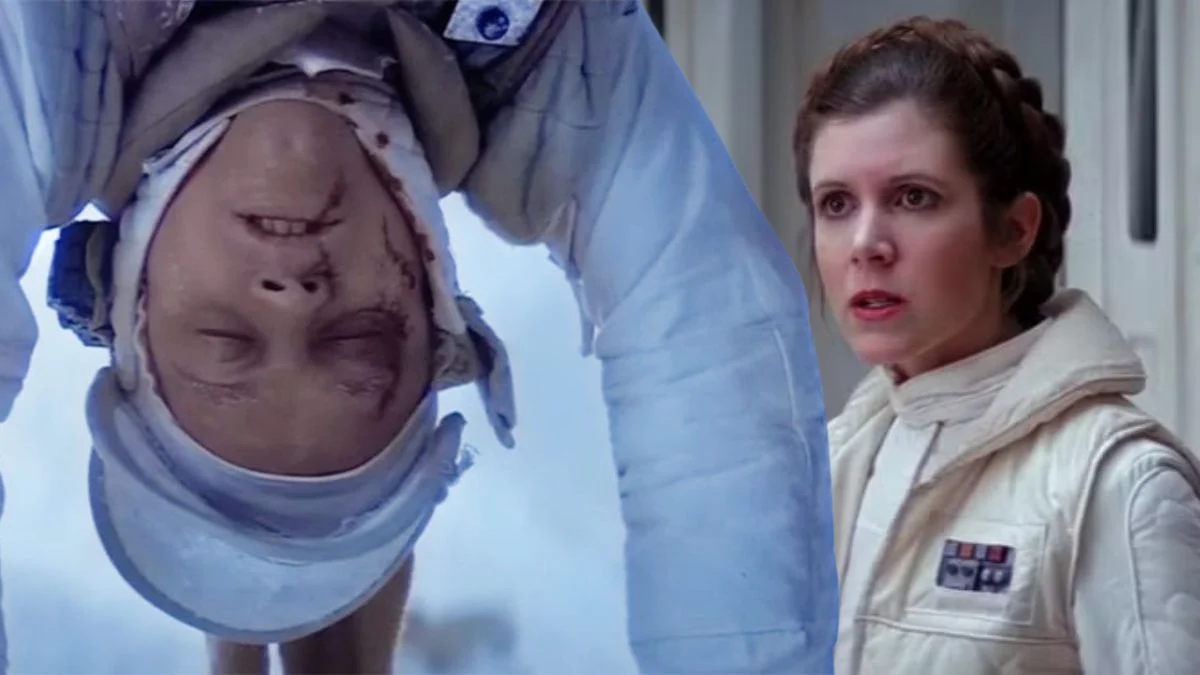
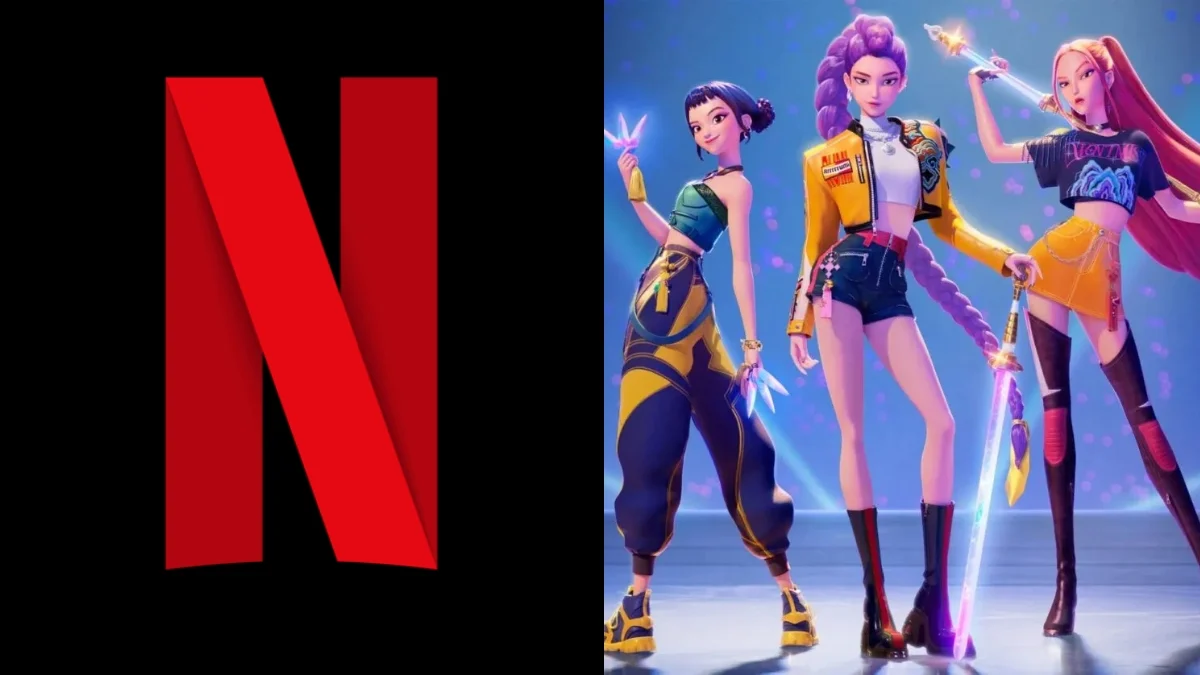
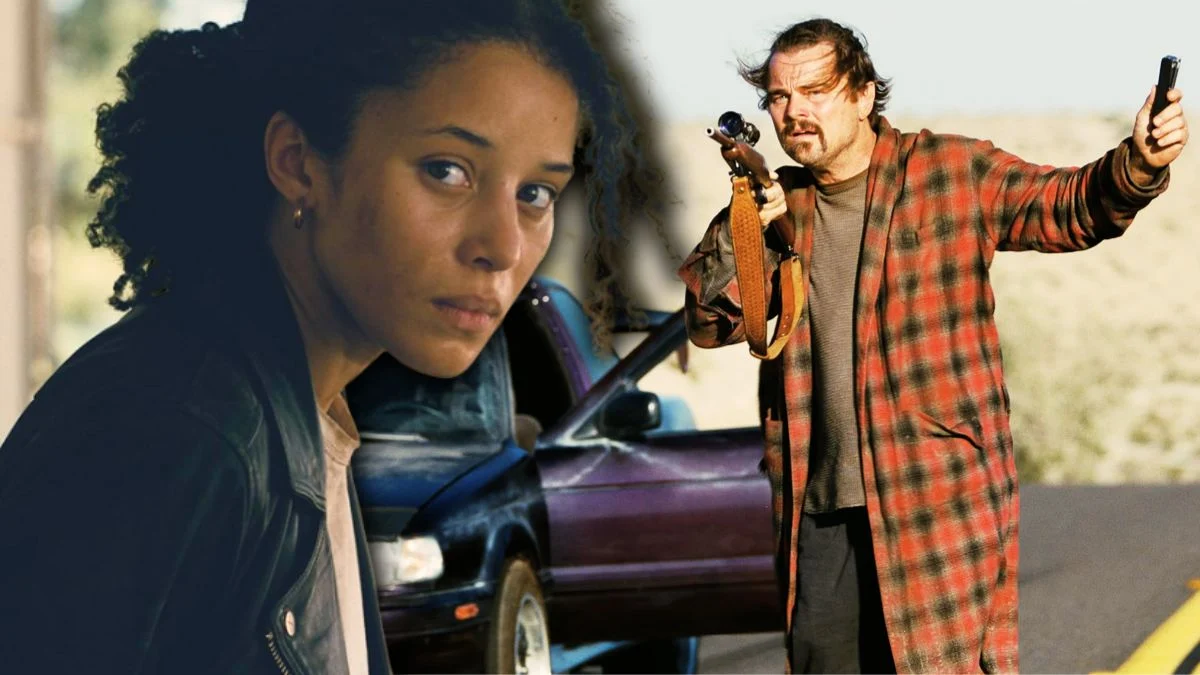
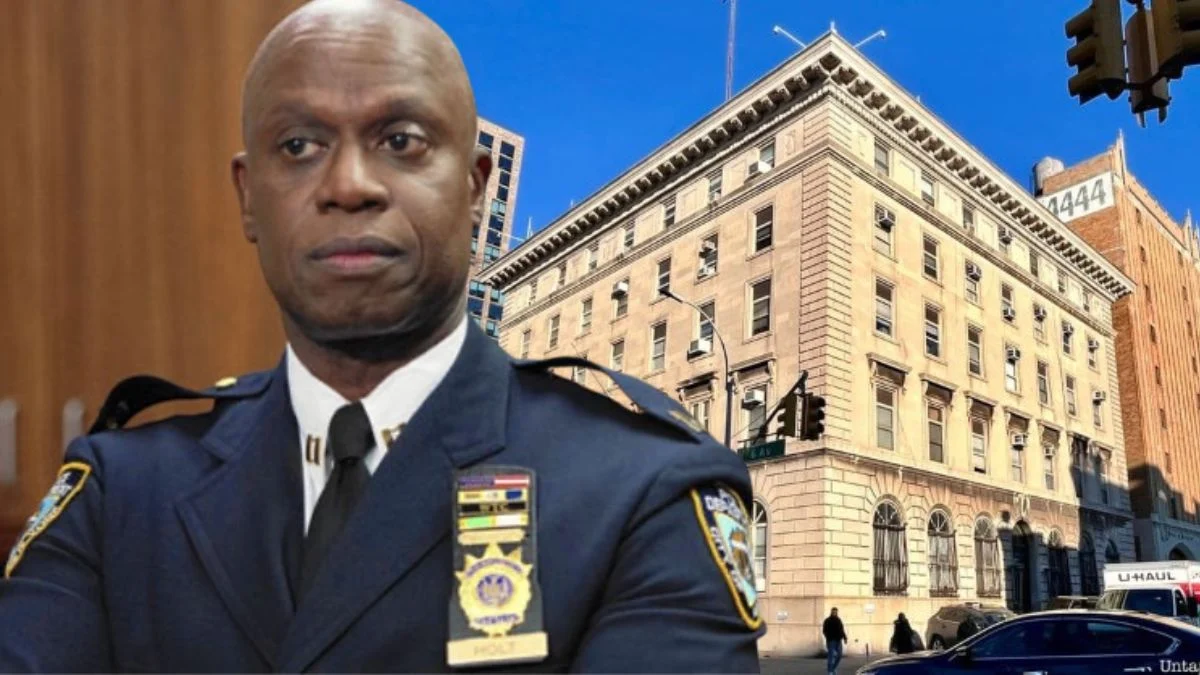





.jpeg)











 English (US) ·
English (US) ·